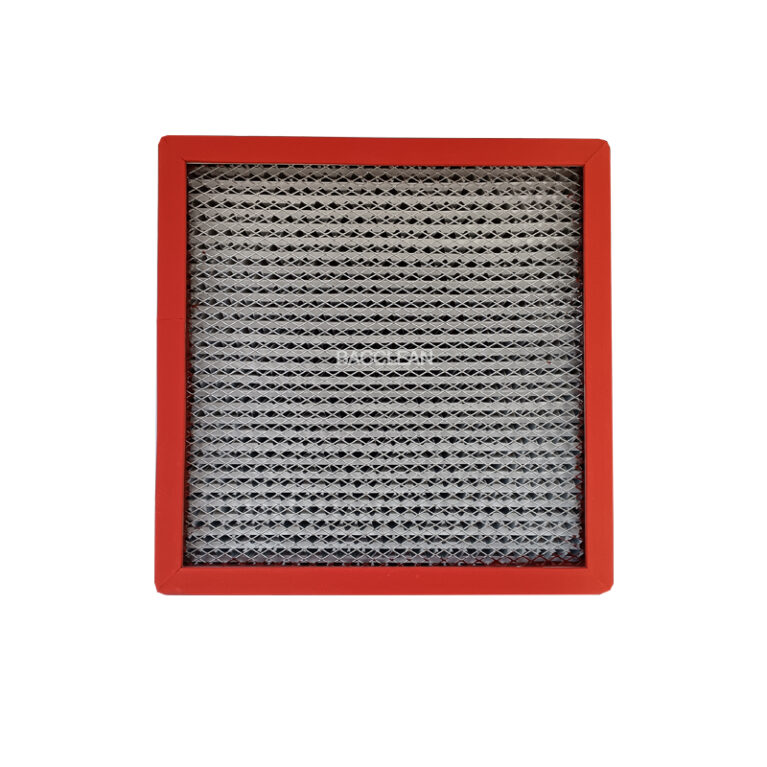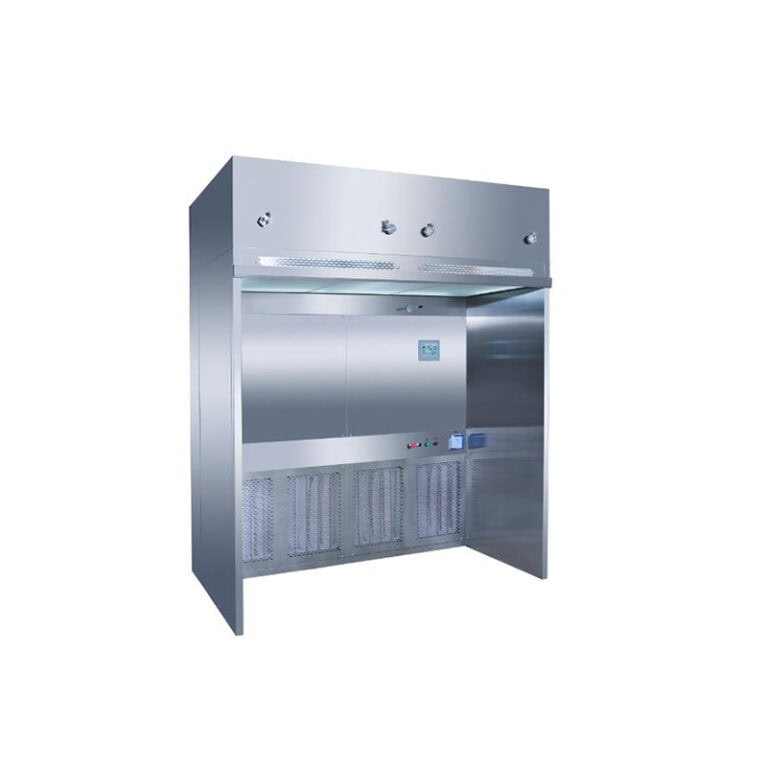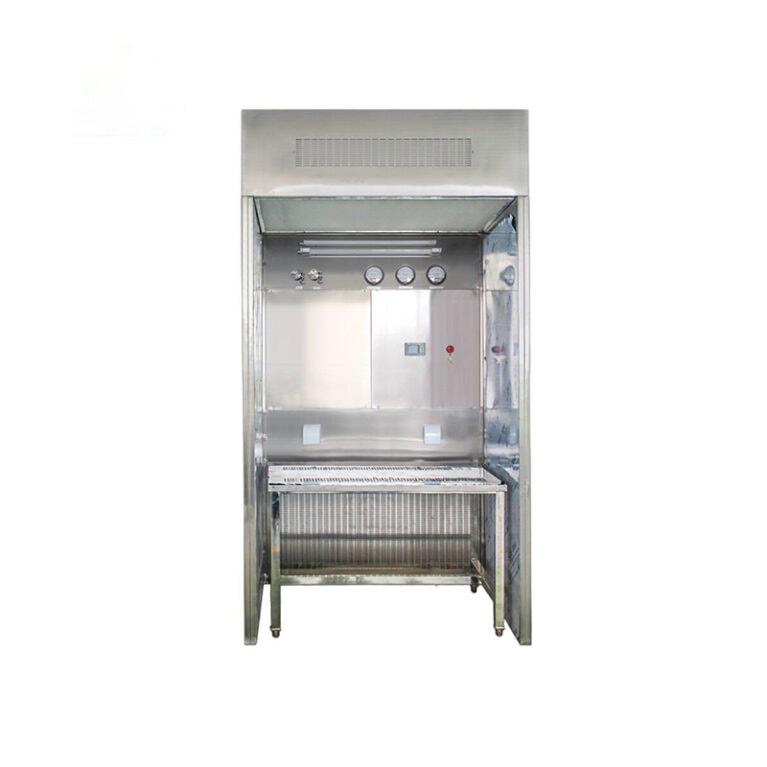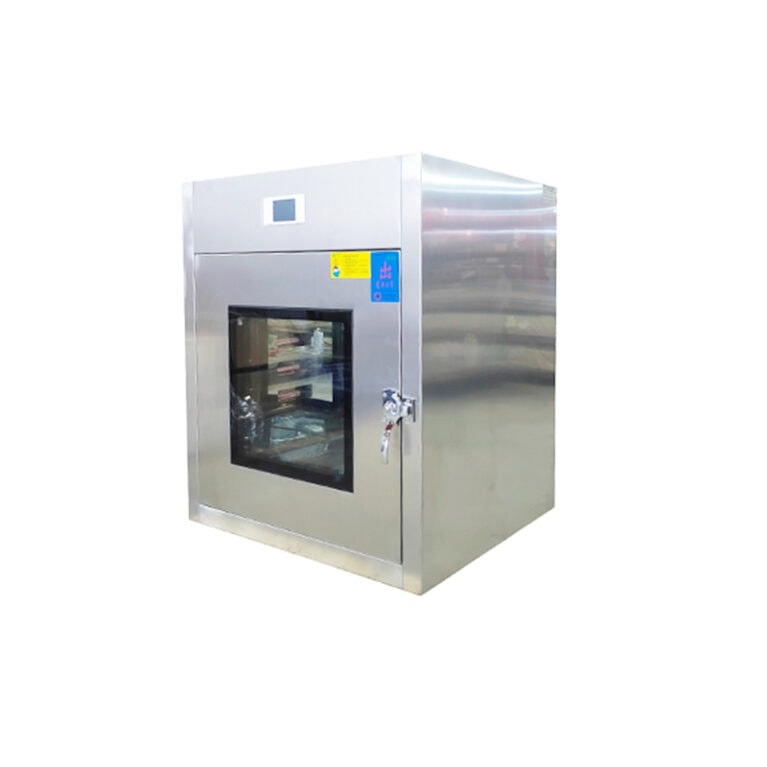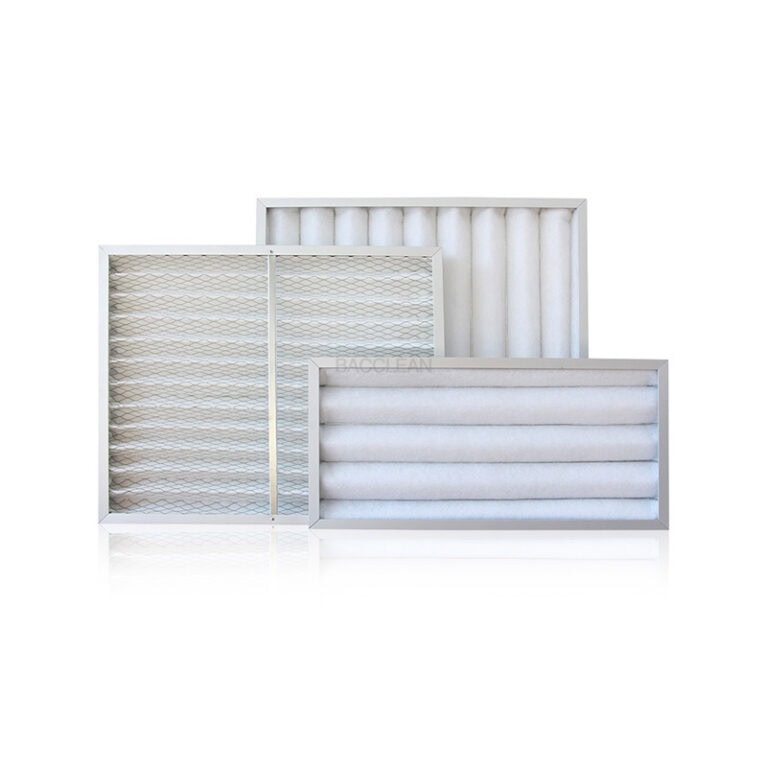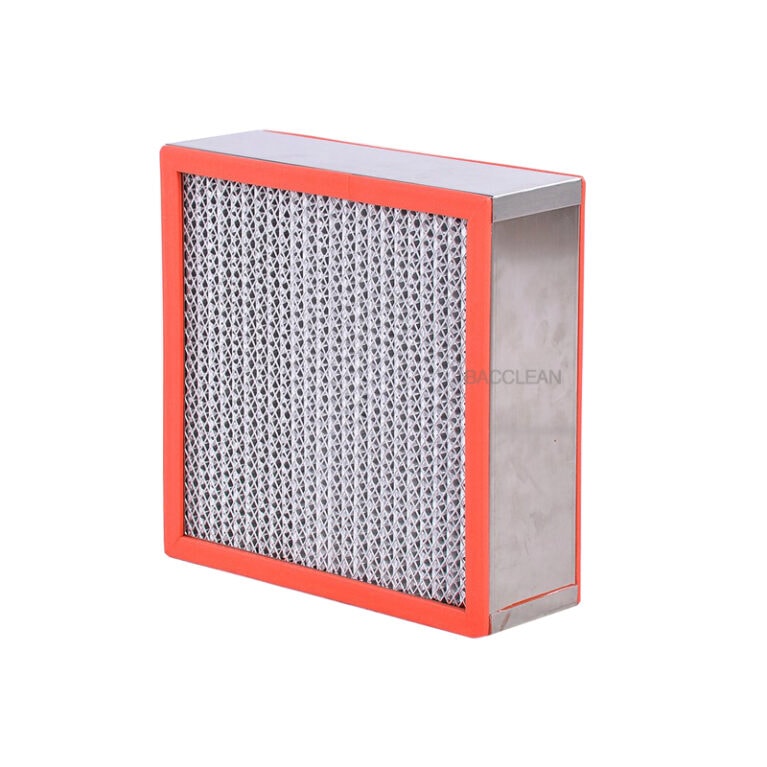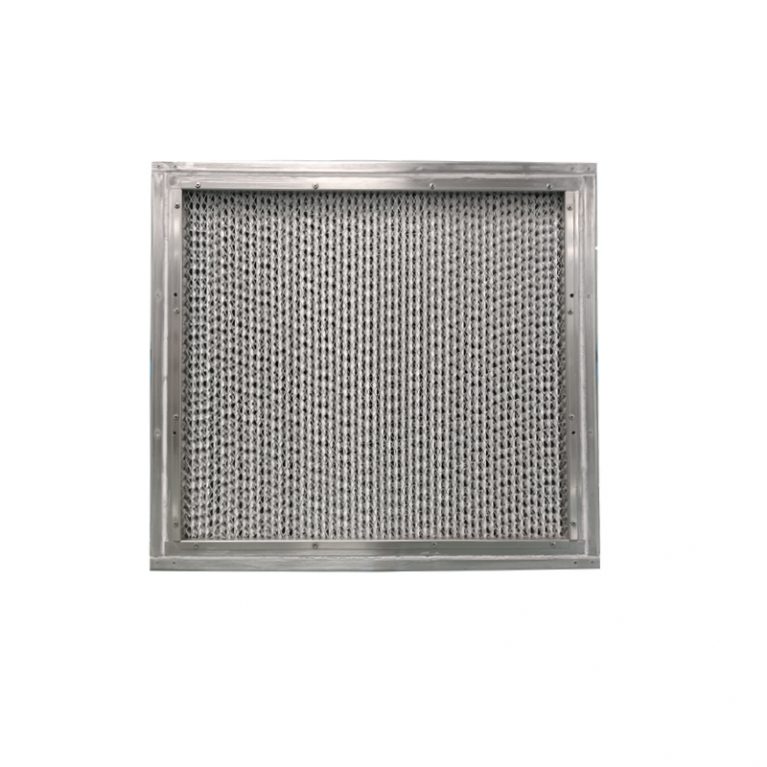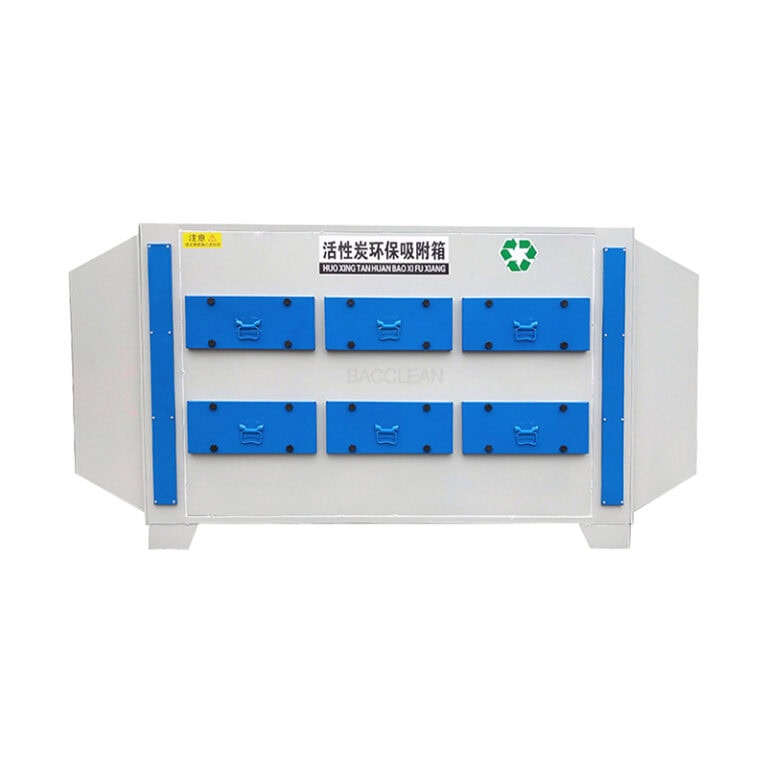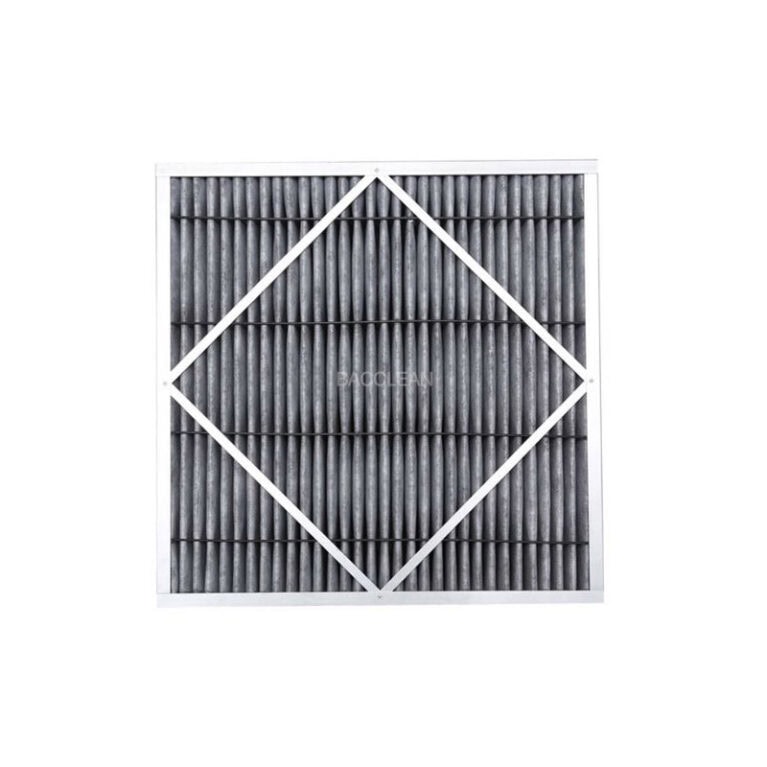The folded frame combined filter, with its large filtration area, low air resistance, high dust holding capacity, and moderate cost, is mainly used as the “primary or intermediate filtration barrier” of the air purification system. It is widely applied in scenarios that require pre-treatment of air, protection of downstream equipment, or maintenance of a basic clean environment. The following is the classification of its typical applicable scenarios and specific explanations:
I. Primary filtration of air conditioning and ventilation systems
This is the most core application field of the folded frame combined filter, mainly used to remove large particle impurities in the air, reduce the burden on subsequent filtration equipment, and extend the service life of the system.
Commercial central air conditioning: For the fresh air systems of large buildings such as office buildings, shopping malls, and hotels, it is necessary to first filter out particles of ≥5μm such as dust, pollen, and hair in the outdoor air to prevent these impurities from entering the air ducts and accumulating or polluting the indoor environment. The large air volume feature of the folded frame structure can match the high air volume demand of the air conditioning system (usually up to 1000-5000m³/h), and the low air resistance will not affect the heating/cooling efficiency of the air conditioner.
Ventilation in industrial plants: In workshops such as mechanical processing, metallurgy, and textile, the ventilation system needs to filter the dust inside the workshop (such as metal shavings and fiber fluff). The folded frame filter can serve as the first line of defense to prevent dust from blocking the ventilation ducts or affecting the heat dissipation of the air conditioning units.
Ii. Pre-protection for Cleanrooms and Dust-free Environments
In places with high requirements for air cleanliness (such as clean workshops and laboratories), the folded frame combined filter is usually used as a pre-treatment device for high-efficiency filters (HEPA/ULPA), undertaking the task of “coarse filtration”
Cleanroom for the electronics manufacturing industry. Chip and semiconductor production workshops require extremely high cleanliness levels (such as Class 100). Their air conditioning systems first remove large particles of dust (≥5μm) through frame-folding filters, and then purify them step by step through medium and high-efficiency filters to prevent large particles from directly clogging the high-efficiency filters and extending their replacement cycle (high-efficiency filters are relatively expensive). Pre-filtering can reduce maintenance costs.
Biological laboratory/hospital clean area: For instance, in the fresh air systems of microbiology laboratories and operating rooms, the folding frame filter first filters out sand, dust, insect debris, etc. in the outdoor air, reducing the load on the subsequent medium-efficiency filter (filtering 1-5μm particles), and indirectly ensuring the sterility of the final air.
Iii. Air Intake Filtration for Industrial Equipment
Some industrial equipment (such as air compressors and generators) needs to draw in a large amount of air for operation. The folded frame combined filter can protect the interior of the equipment from being worn by impurities.
Air compressor: If the air drawn in by the air compressor contains dust or water vapor, it will cause wear and tear on the internal pistons and cylinders, and even contaminate the compressed air. The folded frame filter (usually paired with moisture-proof filter materials) can filter out large particles of dust and some water vapor in the air, serving as the “first line of air intake protection” for the air compressor.
Generator/gas turbine: The intake system of such equipment requires clean air to maintain combustion efficiency. The folded frame filter can filter out sand, dust, and particles in the air, preventing impurities from entering the combustion chamber and causing carbon deposits or equipment failure.
IV. Air Pretreatment in Large Public Places
In places with dense crowds and a large amount of air pollutants, folding frame filters can be used as basic filtration equipment to improve indoor air quality.
Airport and railway station waiting halls: The ventilation system needs to handle a large amount of outdoor air (including vehicle exhaust particles, dust, etc.). The folding frame filter can filter out the coarse particles in it. Combined with subsequent activated carbon filters, etc., it can reduce the indoor PM10 concentration.
Gymnasiums and exhibition halls: These places have large Spaces and high ventilation volumes. The large air volume design of the folded frame filter (a single unit can meet the ventilation needs of hundreds of square meters of space) can efficiently handle air, and at the same time, it has a high dust holding capacity (can accumulate a lot of dust), reducing the trouble of frequent replacement.
V. Customized Applications for Special Scenarios
Depending on the different filter materials and outer frame materials, the folded frame combined filter can also adapt to some special environments:
Damp environment: If the outer frame is made of galvanized steel plate or stainless steel and the filter material is selected as waterproof non-woven fabric, it can be used in damp places such as swimming pools and food processing workshops (such as aquatic product processing) to filter impurities carried by water mist in the air.
Low-corrosion environment: In light chemical workshops (such as plastic processing), the folded frame filter with an aluminum profile outer frame can resist a small amount of corrosive gas and prevent the outer frame from rusting and being damaged.
Resumen
The core value of the folded frame combined filter lies in “efficient pretreatment” – by filtering coarse particles (≥5μm) in the air, it protects downstream equipment, reduces system energy consumption, and extends the service life of the entire filtration system. The commonality of its applicable scenarios is: requiring large air volume ventilation, having a basic requirement for the efficiency of primary filtration (such as G3-G4 grades), and hoping to control the long-term maintenance cost of the filtration system. When making a selection, it is necessary to match the corresponding filter materials (such as ordinary non-woven fabric, waterproof fabric, fiberglass) and outer frame materials (paper frame, aluminum frame, stainless steel frame) based on the specific air volume, humidity, and pollutant types of the scene.
